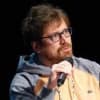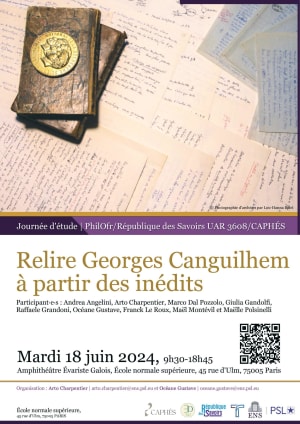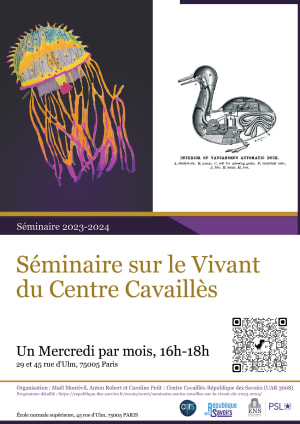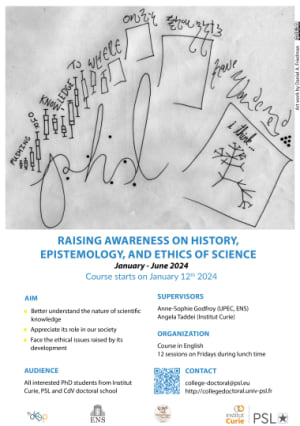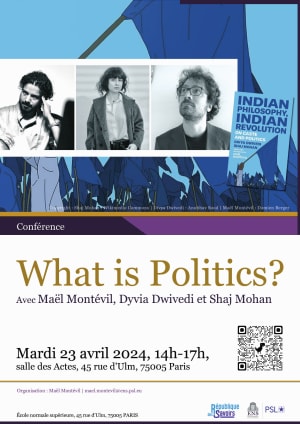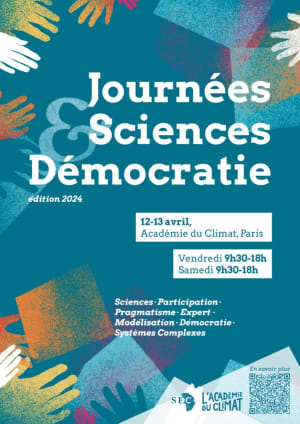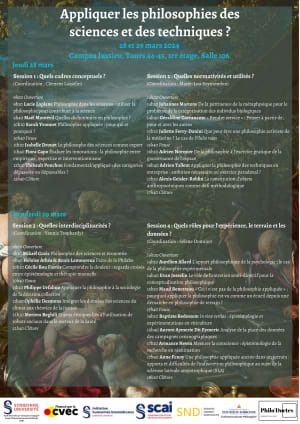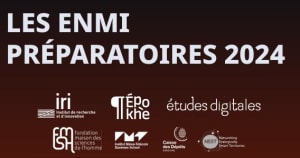
Qu’appelle-t-on produire ?
Les notions de production et d’industrie ont, contre leurs origines historiques, été confinées dans les deux dernier siècles à ce que l’on appelle le secteur secondaire, le secteur primaire étant, lui, dévolu à la matière dite première et qui regroupe pelle-mêle l’exploitation du vivant sauvage et domestique ainsi que l’extraction minière. Pourtant les fourmis sont bien – plus ou moins – industrieuses, le concept de reproduction est l’un des plus fondamental en biologie et même les processus physiques irréversibles produisent de l’entropie. Alors que le champs et les acteurs de l’industrie se reconfigurent tant pour des raisons technologiques « qu’écologiques », il nous semble pertinent de repenser ce que signifie produire à l’aune tant de la physique que de la biologie et de la technologie.
